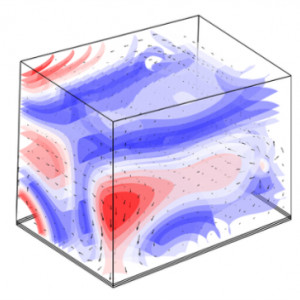 \
&
Contact us
\
&
Contact us
 \
&
Contact us
\
&
Contact us
Published on | 8 months ago
Programmes New European BauhausThe European Commission has recently published a roadmap for the New European Bauhaus (NEB) Facility which will give direction to the implementation of the New European Bauhaus initiative.
The NEB Facility is a new funding tool of the European Commission for the New European Bauhaus initiative and consists of two parts:
The NEB Facility roadmap is based on the public consultation with the Member States and stakeholders conducted by the European Commission in 2024. This roadmap includes details on the governance structures, budget requirements, potential synergies with other EU programmes and key measures to be undertaken in the implementation of the New European Bauhaus initiative.
We offer news and event updates, covering all domains and topics of Horizon Europe, Digital Europe & EDF (and occasionally, for ongoing projects, Horizon 2020).
Stay informed about what matters to you.
By signing up, you can opt in for e-mail notifications and get access to
a personalised dashboard that groups all news updates and event announcements in your domain(s).
Only for stakeholders located in Flanders

The Marie Skłodowska-Curie Action (MSCA) European Innovative Training Network “PBNv2 - Next generation Pass-By Noise approaches for new powertrain vehicles” started in May 2017. Their research has the shared objective of investigating the possibilities to decrease pass-by noise of vehicles.
The project is a collaboration between 17 research institutions and companies in the European automotive R&D and provides a learning environment for 14 PhD fellows. The Belgian partner is the Noise and Vibration Research Group of KU Leuven, and this project is one of the many Horizon 2020 MSCA Innovative Training Networks that the KU Leuven research group participates in.